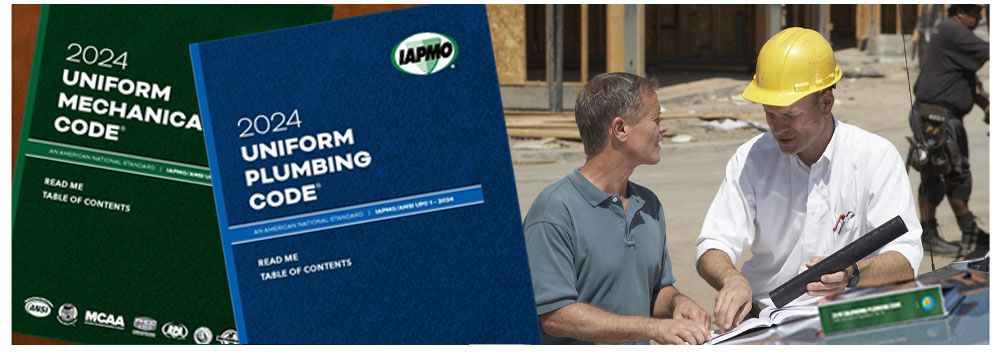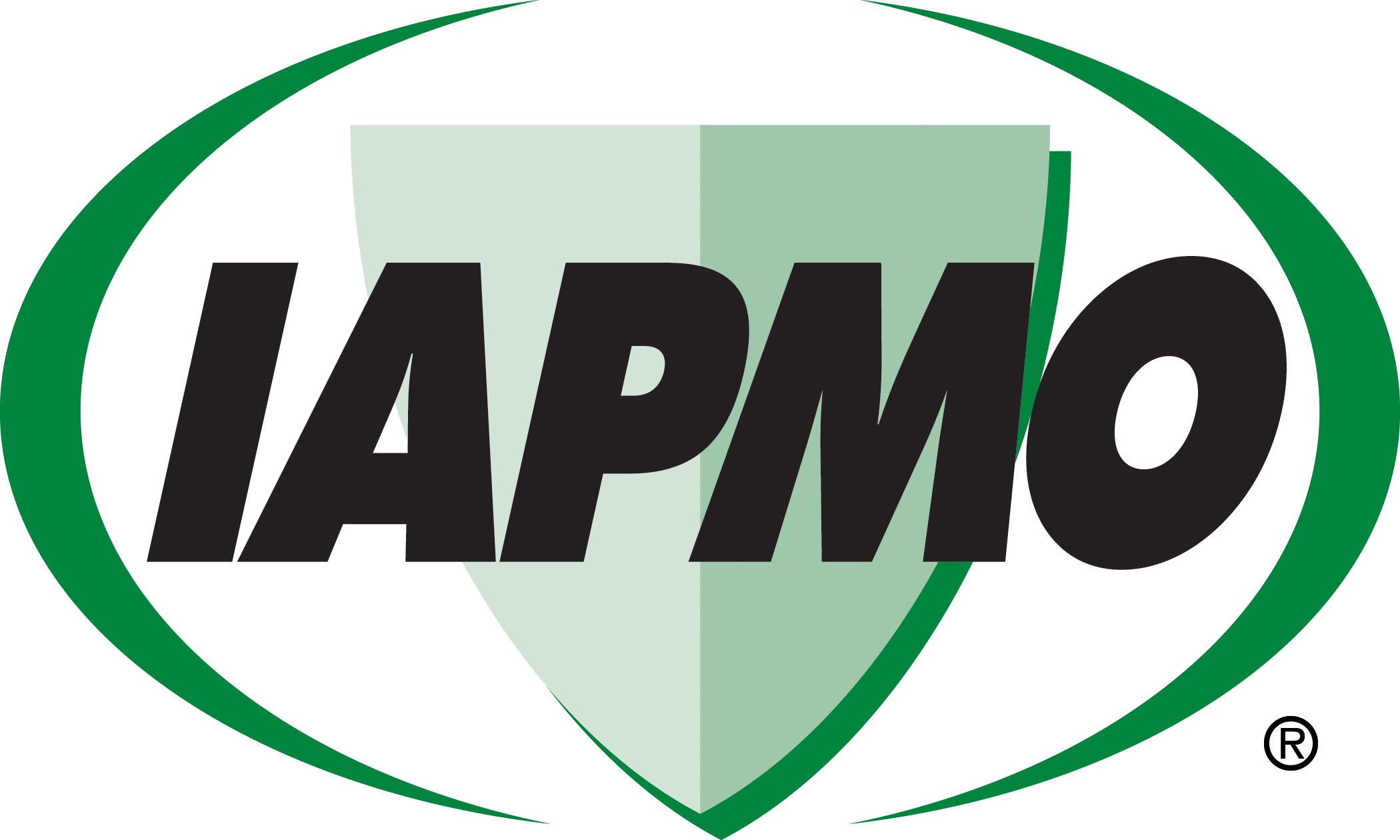January 2, 2025

From the 2024 UPC Illustrated Training Manual, Chapter 9 – VENTS
910.4 Connections and Size. Branches serving traps shall connect to the main line at an angle not exceeding 2 percent. Each waste pipe and each trap in such a system shall be not less than two pipe sizes exceeding the sizes required by Chapter 7 of this code, and not less than two pipe sizes exceeding a fixture tailpiece or connection.
Branches serving traps are required to make horizontal entries to the main line at an angle not exceeding 2 percent or 1.15 degrees from horizontal. See Appendix B, Section B 101.6.1 for pipe size increments when increasing two pipe sizes. See also Figure 910.4a and 910.4b.

RIGHT: FIGURE 910.4B OVERSIZED TRAP WITH NORMAL SIZED TAILPIECE
From the 2024 UMC Illustrated Training Manual, Chapter 6, DUCT SYSTEMS
609.1 Air-Moving Systems and Smoke Detectors. Air-moving systems supplying air in excess of 2000 cubic feet per minute (ft3/min) (0.9439 m3/s) to enclosed spaces within buildings shall be equipped with an automatic shutoff. Automatic shutoff shall be accomplished by interrupting the power source of the air-moving equipment upon detection of smoke in the main supply-air duct served by such equipment. Duct smoke detectors shall comply with UL 268A and shall be installed in accordance with NFPA 72 and the manufacturer’s installation instructions. Such devices shall be compatible with the operating velocities, pressures, temperatures, and humidities of the system. Where fire-detection or alarm systems are provided for the building, the smoke detectors shall be supervised by such systems in an approved manner.
Exceptions:
(1) Where the space supplied by the air-moving equipment is served by a total coverage smoke-detection system in accordance with the fire code, interconnection to such system shall be permitted to be used to accomplish the required shutoff.
(2) Automatic shutoff is not required where occupied rooms served by the air-handling equipment have direct exit to the exterior, and the travel distance does not exceed 100 feet (30 480 mm).
(3) Automatic shutoff is not required for Group R, Division 3 and Group U Occupancies.
(4) Automatic shutoff is not required for approved smoke control systems or where analysis demonstrates shutoff would create a greater hazard, such as shall be permitted to be encountered in air-moving equipment supplying specialized portions of Group H Occupancies. Such equipment shall be required to have smoke detection with remote indication and manual shutoff capability at an approved location.
(5) Smoke detectors that are factory installed in listed air moving equipment shall be permitted to be used in lieu of smoke detectors installed in the main supply-air duct served by such equipment.
This section specifies when and where smoke detectors are to be installed. The occupancies requiring smoke detectors in HVAC systems as specified in this section are defined and described in the building code of the jurisdiction and Section 217.0 (see the definition of “Occupancy”).
Automatic shutoff must be accomplished by shutting off the power source of the air-moving system upon detection of smoke in the main supply duct served by such equipment. Smoke detectors must be labeled by an approved agency for air duct installation and installed per the manufacturer’s installation instructions. The detectors must be capable of operating at velocities, pressures, temperatures and moisture conditions of the system. Figure 609.1 illustrates the proper location of smoke detectors in the supply duct.
Exceptions to these requirements include systems in which all rooms with direct access to exterior and travel distance is less than 100 feet. An exception permits the use of factory-installed smoke detectors placed in listed air-moving equipment in lieu of a detector in the main supply duct.

PROPER LOCATION OF SMOKE DETECTOR IN SUPPLY DUCT
(This is not to be considered the official position of IAPMO, nor is it an official interpretation of the Codes.)

IAPMO
IAPMO develops and publishes the Uniform Plumbing Code®,the most widely recognized code of practice used by the plumbing industry worldwide; Uniform Mechanical Code®; Uniform Swimming Pool, Spa and Hot Tub Code®; and Uniform Solar Energy, Hydronics and Geothermal Code™ — the only plumbing, mechanical, solar energy and swimming pool codes designated by ANSI as American National Standards — and the Water Efficiency Standard (WE-Stand)™. IAPMO works with government, contractors, labor force, and manufacturers to produce product standards, technical manuals, personnel certification/educational programs and additional resources in order to meet the ever-evolving demands of the industry in protecting public health and safety.
Last modified: January 2, 2025
